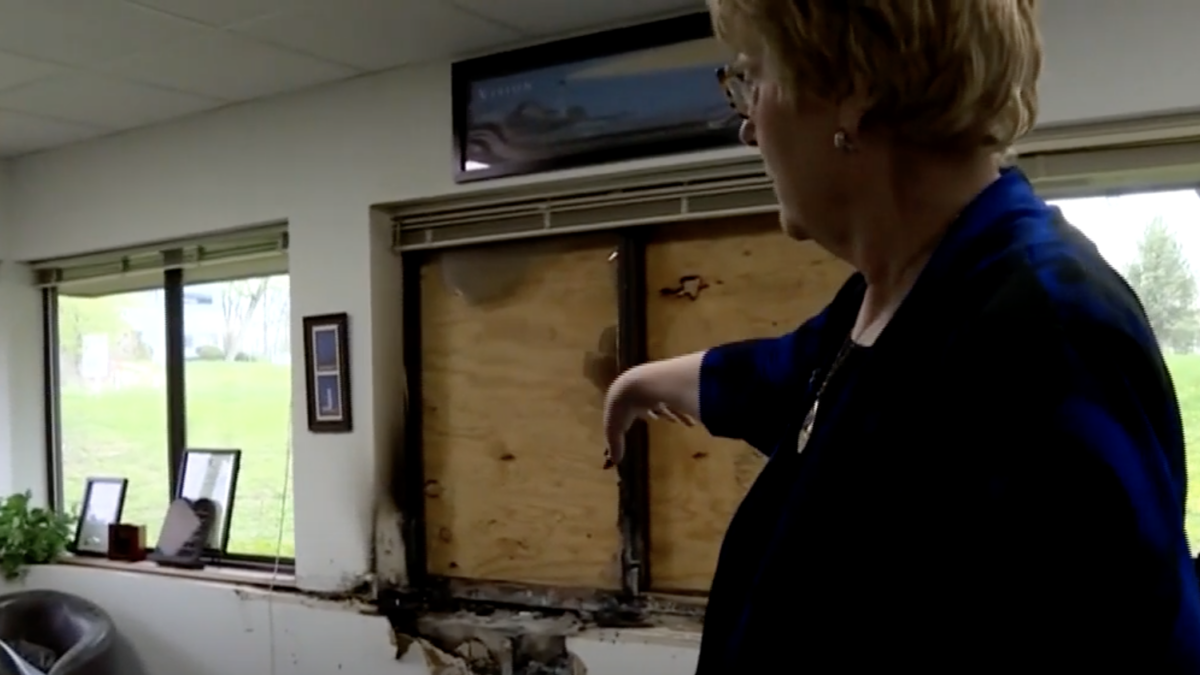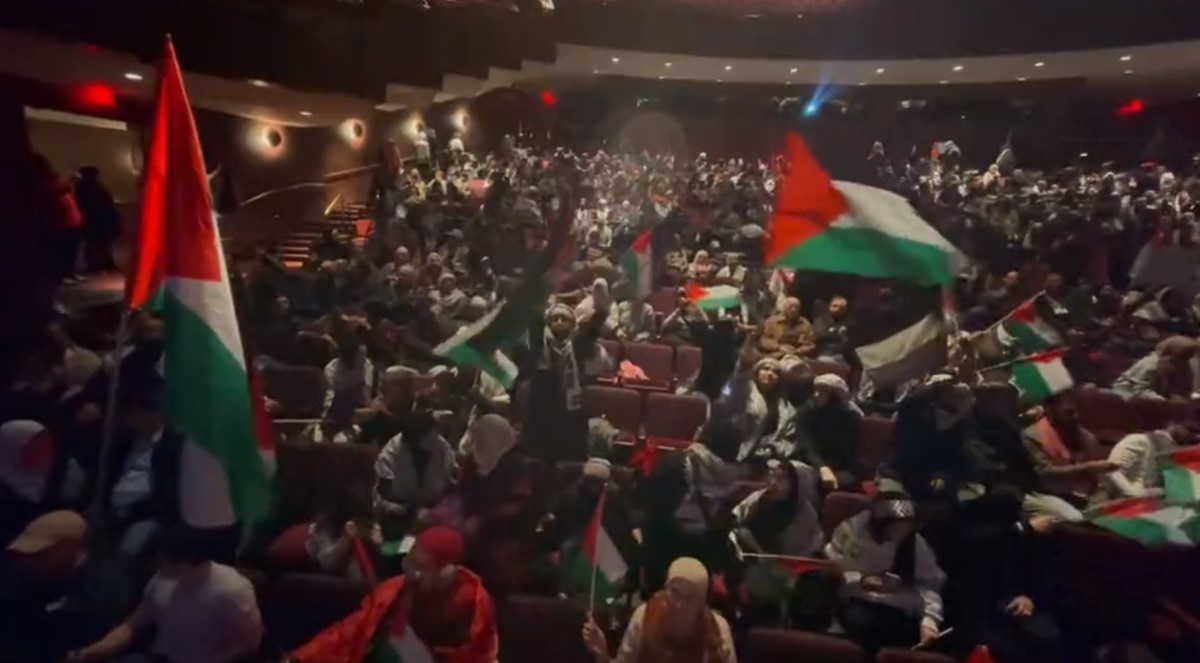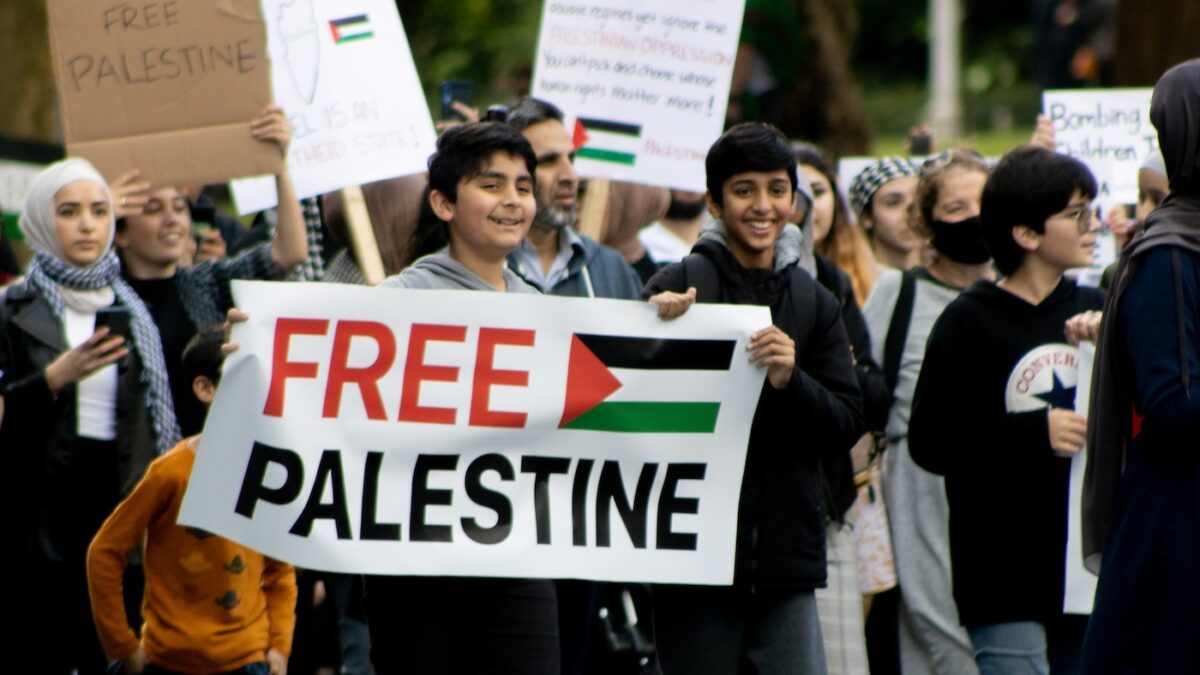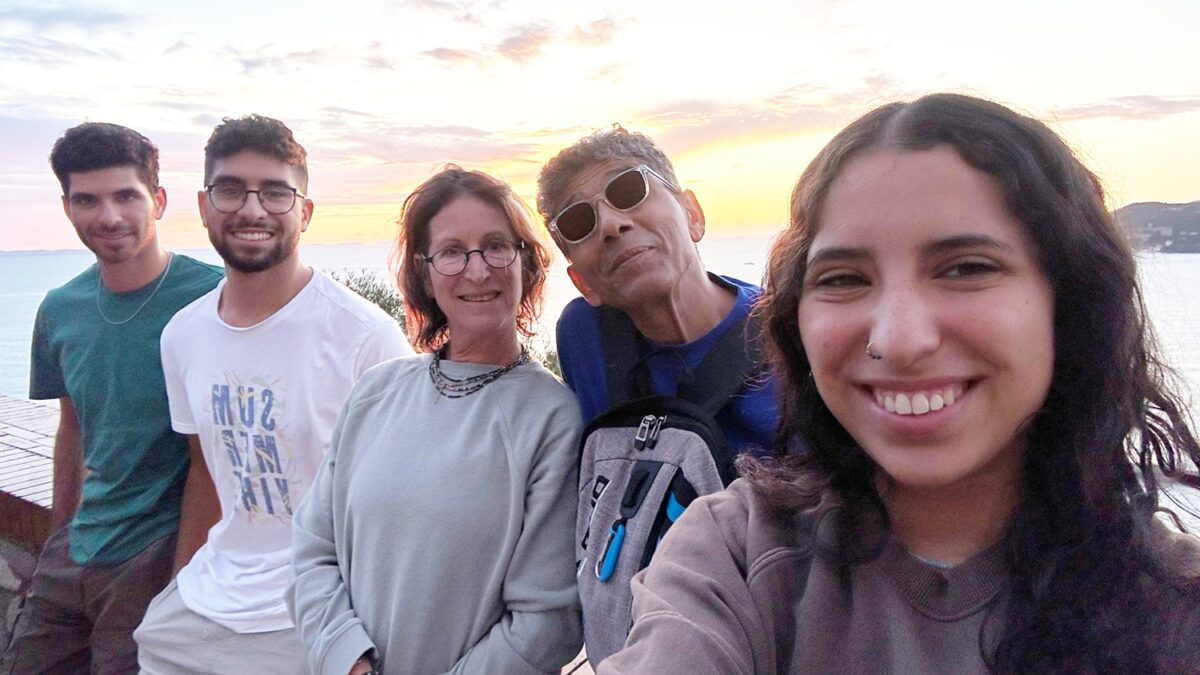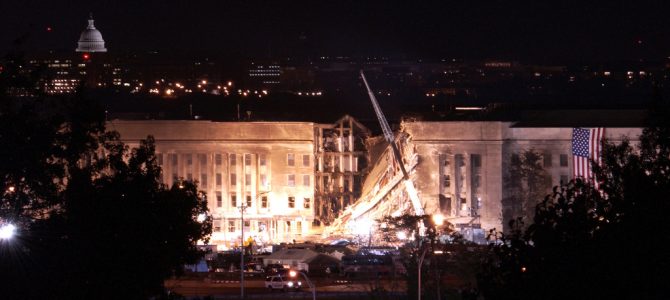
In summer 2005, I visited the Smithsonian’s American History museum in Washington DC with a couple of Marine friends. All of us were stationed in DC at the time. We were nursing wounds from our experiences in the Global War on Terror, and wandered around the museum admiring various pieces collected from our nation’s history.
I pushed one of my friends in a wheelchair because an improvised explosive device had shattered his leg; the same IED killed three of his friends. It had not yet dawned on me that a 9-11 exhibit might already be on display since it had only been four years, but we rounded a corner and there before us hung a massive American flag.
The room was crowded with visitors, many of them high school students. People were posing, laughing, and making funny faces as they took pictures. I was stunned. My friends were enraged. They turned to look at me. There we stood staring at the American flag that had hung on the side of the Pentagon days after 184 people were murdered on-site in this nation’s largest terrorist attack in history. We all thought: Is nothing sacred? Is four years long enough to forget? Is joking around appropriate in the face of such suffering and evil?
To be fair, these kids were young when 9/11 happened. They were probably 10 or 11 on that fateful day, and irreverence is often a part of youth, but they should have known better. Nearly 3,000 people perished that day, and countless more have died since at the hands of terrorists.
What We Saw that Day
My memories of that flag will forever be different from the majority of Americans and the rest of the world. While most remember it blowing in the breeze in news reports or when they visited the American History museum, I was there in person to see it. I saw it for the first time when, after volunteering at the Army base where I was stationed north of DC, I helped 400 grieving family members visit the Pentagon crash site shortly after the attack. I still see in my mind’s eye the gaping hole, floors collapsed in on one another, smoke rising from the smoldering ashes, the tormented faces of loved ones.
The intensity of seeing the site was amplified a thousand-fold by standing alongside agonized grieving family members; many of whom collapsed at my feet from the sheer weight of their pain. When those families visited for the first time after terrorists flew a plane into that iconic building, I struggled to keep military bearing while standing by in my dress whites, but it became impossible as tears streamed down my cheeks.
One of the clearest memories I have is of the general in charge. He had escaped from the fire that erupted in his office after the blast. Seeing my tears during this family visit, he checked on me. I had never seen so many stars in person, and I was embarrassed for showing what I thought was weakness, but he only said: “Are you alright, sailor?” He knew the tremendous burden of relief work. He was a truly kind man and the type of general a soldier would want to follow into battle.
My immediate thought in seeing the site was: There are no survivors. My second thought was: I am staring into the gates of Hell. While we were in the initial rescue phase then, the site looked like a tomb. This proved to be correct, since there were no survivors. In fact, many bodies were never recovered because of the heat from the blast. I spent 45 days listening to such grisly details as I provided logistical and emotional support to the family members of those killed.
‘We Thought We Were Going to Die That Day’
When 9/11 occurred, I was a Third Class Petty Officer in the Navy, just shy of the two-year mark of my enlistment. I was new to the DC metro area. I had only been stationed on my base for two months on the morning of September 11, 2001. My base was considered a high-priority target, so once the Pentagon was hit all hell broke loose. I remember civilians running to their cars and fleeing the base. All of the Marines were armed and sent to secure the perimeter. The Navy, Army, and Air Force secured various areas and set up barricades. People were running all over the place. Everyone was bracing for impact.
I spent most of the day barricaded in an office in the Marine barracks with a friend of mine who was eight months pregnant. Her Marine husband worked in the Pentagon. The phone lines were jammed, so there was no way for us to contact him or to even know which side of the building, or which ring, he was working in. All we could do was keep each other calm as we prepared for impact every single time a jet engine was heard overhead. We thought we were going to die that day. No one knew that day what kind of attacks would take place or where.
Thankfully, my friend’s husband was able to reach us seven hours later. He had hitchhiked up I-395 and found a ride home. The phone lines opened so we could call our families to tell them we were safe. My own parents were beside themselves because it wouldn’t have been entirely out of the question for me to be at the Pentagon that morning.
Two days later it came down the chain that the Pentagon Family Assistance Center set up to aid the families of those killed needed Navy volunteers. My command wanted to send eight people, and I immediately volunteered alongside a good friend of mine. The Navy lost more people in the Pentagon attack than any other branch of service or civilian agency. They wanted us to be a presence to all of the sailors’ families in case a mom, dad, brother, sister, grandmother, fiancé, fiancée, wife, husband, or any other relative needed a shoulder to cry on or a chance to talk about their loved one.
My memories of being a relief worker encompass a wide range of emotions and experiences. The first two weeks were a period of intense agony for the grieving. At this time the operation was considered a rescue, so hope was still alive even though most of us working in the center knew the situation was grim.
The Pentagon site was mostly cleared in about two weeks, and completely done by a month after the attack. The gruesome task of identifying bodies took the longest, but most families had a casket for burial by the end of my time as a relief worker near the latter part of October. What had begun as unquenchable agony turned to resignation. The opportunity for a funeral provided families with some level of closure, so they could begin the long process of grief and healing.
Good Triumphs Evil, and We Proved It
Periods of great tragedy reveal the worst in human nature, and the best. I met some of the most amazing people I have ever met in my life during that time. From the general in charge to the family members of those killed, the power and perseverance of the human spirit was on display. American flags flew everywhere, and firefighters and service members cheered each other on to complete the difficult task at hand. Being a relief worker comes with intense burdens, and every single one of us collapsed in anguish at least once, but we continued for the sake of the surviving family members.
These were the memories flashing before my eyes standing beneath that flag four years later, and they are the same memories with me today, 15 years later. I am not distanced from those events. I was a part of the response to a great evil and period of intense suffering for our nation. The relief workers of that time—from the firefighters to the service members to the Red Cross to the countless other volunteers—prove that evil never triumphs. Evil may have its moment, but good always overcomes evil. That flag represents the human faces of the lost and the family members who loved them.
My Marine friends’ concern was not only for the irreverence of those visiting the exhibit, but also because, like so many relief workers, I was combatting Post-Traumatic Stress Disorder (PTSD) at the time. It is difficult to walk away from something so horrendous as 9/11 unscathed, and many relief workers struggled, or struggle now, with PTSD or medical conditions. Regardless, it is worth the price to serve those in need.
The next time you are visiting the American History museum in DC, look at that flag and think of the thousands lost, the families who loved them, and all of the relief workers who rushed in to help without counting the cost. Even 15 years later, the events of 9/11 have affected thousands of lives. Our entire nation and much of the world wept in the wake of such barbarity. We now live in an age when thousands worldwide battle the scourge of terrorism.
Today we remember a clear, blue, sunny morning and all that was taken, but we also remember the bravery, honor, courage, and sacrifice of those who ran in to help, many of whom died in the process. Today is not about politics. It is about remembering. Never forget.


